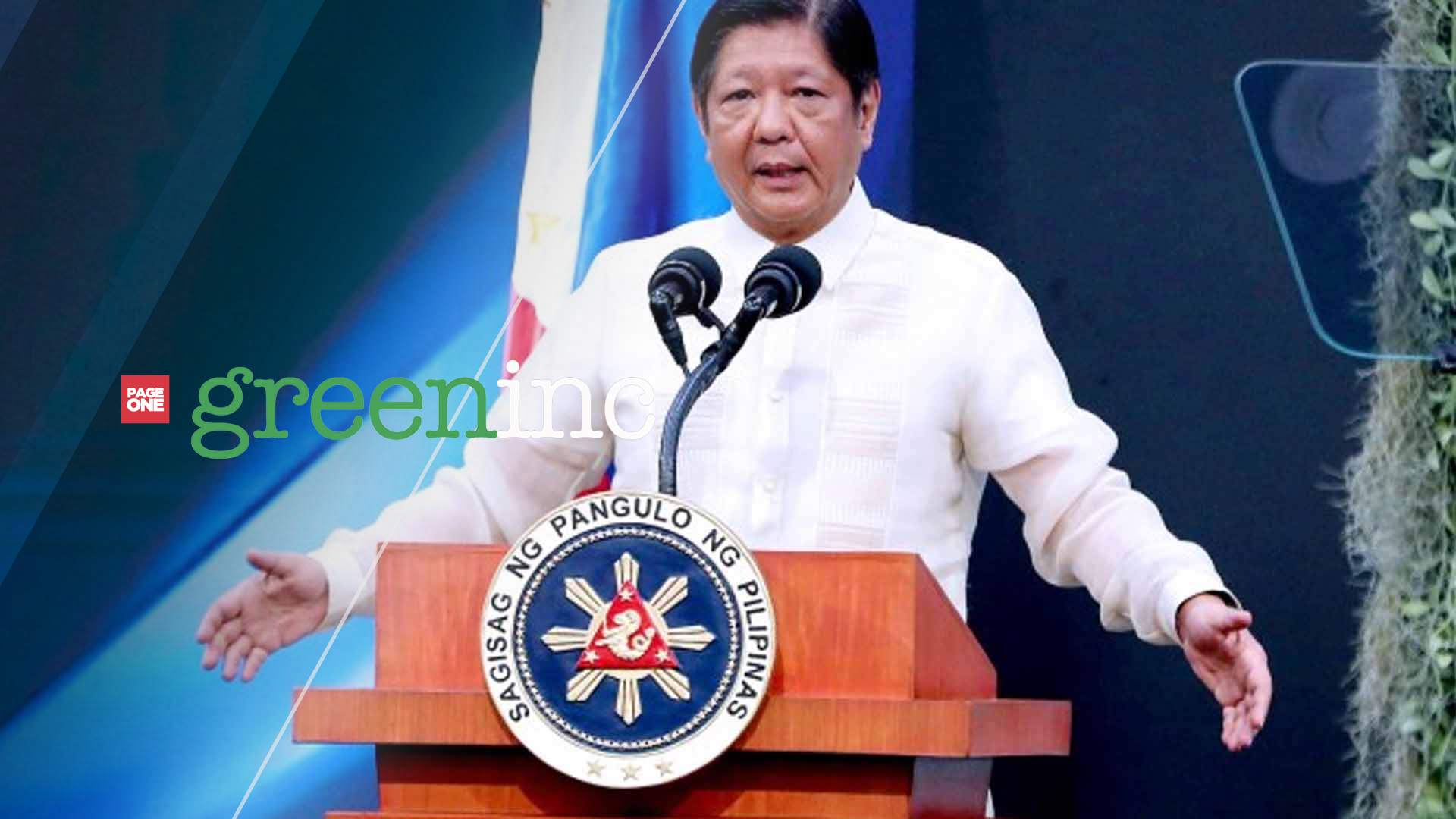President Ferdinand R. Marcos Jr. on Monday said his administration will strategically integrate the climate agenda into the infrastructure development of the country.
During the Asian Development Bank’s (ADB) reception at its headquarters in Mandaluyong City, Marcos said the government will incorporate the elements of sustainability, climate resilience and disaster-proofing in all phases of societal and infrastructural planning, design and construction, up to operation and maintenance.
“It will be implemented in our water sector, in our sanitation, energy and transportation systems, including agri and food production, and many other essential areas. Climate change will be the lodestar for our integral national policies and investment decisions,” Marcos said.
Marcos said his administration is looking at the ADB for crucial development interventions, particularly for climate-related projects.
“As the “climate bank” of the Asia and the Pacific, the ADB has proven its reliability in extending strategic financing and technical assistance for climate-responsive projects,” he said.
He said the government will ramp up the annual public infrastructure spending to 6 percent of the gross domestic product (GDP), which is consistent with its “Build Better More” agenda.
Marcos further noted that the accelerated climate change agenda is included in the Philippine Development Plan (PDP) 2023-2028.
He committed to the ADB that the Philippines will hold fast to its responsibilities to the regional financial institution, just like his father did more than 50 years ago.
“The Philippines stands to significantly gain from this mutually beneficial relationship with the ADB. We are aware of the responsibilities that this relationship carries with it. But I will re-echo my father’s words during the ADB inauguration some 57 years ago: ‘We will meet those responsibilities,’” Marcos said in referring to the late former president Ferdinand E. Marcos Sr.
Marcos vowed to ensure that the plans and projects financed by the ADB are stringently and timely executed and the judicious utilization of the loans and other technical assistance granted to the country is implemented.
In just less than a year, Marcos said his administration had signed strategic programs with the ADB and there are many more in the pipeline, which are all calculated to strongly support the pursuit of high-priority developmental goals.
He said the administration is awaiting the release of the Country Partnership Strategy for 2024-2029, which shall clearly spell out the ADB’s recommended medium-term development agenda for the Philippines.
It is guided by the theme, “Investing in Climate, Filipinos and the Future,” consistent with the PDP.
The ADB was the Philippines’ top source of active Official Development Assistance (ODA) among 20 development partners in 2022, accounting for 34 percent (USD10.74 billion for 31 loans and 28 grants) of the USD31.95 billion of the total active ODA.
From 2010 to 2022, ADB’s annual loan financing for the Philippines averaged USD1.4 billion.
With its continuing commitment to the Philippines, three loans amounting to USD1.10 billion were signed with the Bank within the first nine months of the Marcos administration. (PNA)







